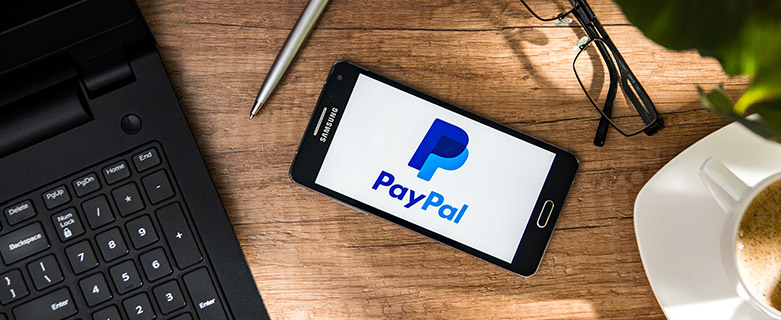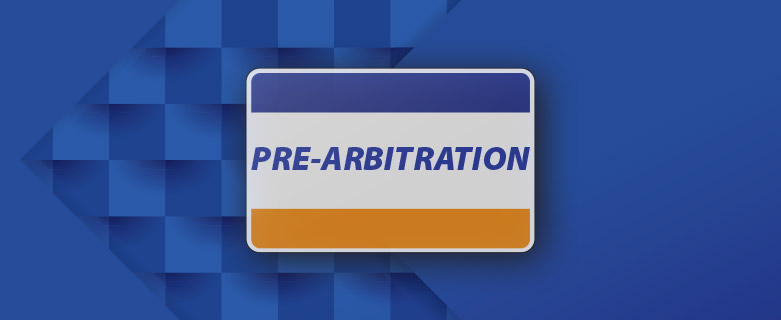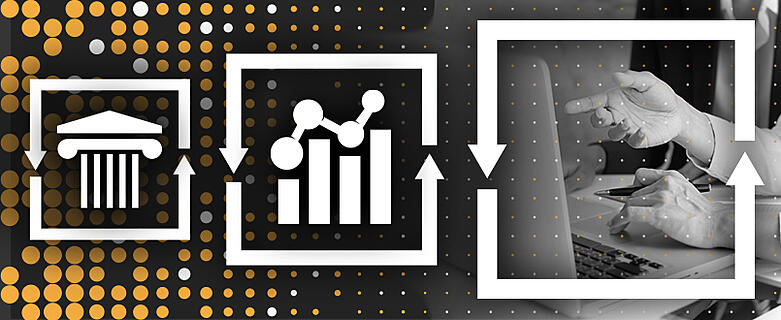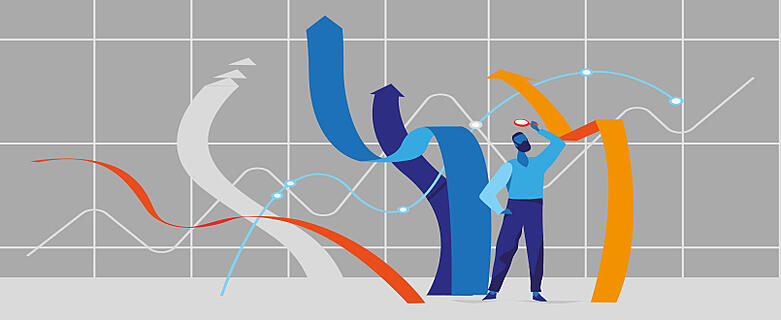News

A Guide to PayPal Chargebacks
Founded in the late 1990s, PayPal is one of the first widely used online payment systems. It remains one of the titans of the online payment world, processing payments in 25 different currencies in 202 markets for over 300 million active accounts. As a result, merchants who sell goods and services online likely have some relationship with PayPal. This also means those merchants may need to be familiar with PayPal’s variant of the chargeback.
This article will explain how PayPal chargebacks are similar to and different from standard chargebacks, as well as examine PayPal’s own alternative payment dispute management process.
How Do PayPal Chargebacks Work?
While PayPal facilitates payments in a number of different ways, its role in chargebacks is essentially to serve as a middleman. A PayPal chargeback occurs in circumstances where the consumer’s PayPal funds are associated with a payment card. For whatever reason, the consumer opts to forgo other dispute resolution methods and files a chargeback with their issuing bank.
The reasons—scrupulous or otherwise—why a consumer would file a chargeback are essentially the same as for non-PayPal, standard chargebacks. Similarly, the chargeback request is processed essentially the same as it would be otherwise—a series of exchanges of transaction information between the merchant, consumer, issuer, and acquirer—with one key difference: PayPal serves a role in that exchange of transaction information.
PayPal helps facilitate the chargeback process, including offering merchants assistance from their team of chargeback specialists. But the decision-making process for a disputed chargeback lies with the banks and card brands, just as with any other chargeback. If a consumer files a chargeback, PayPal requires merchants to respond within 10 days, rather than the more standard 14 days.
For its role in this process, PayPal charges the merchant a fee—$20 per chargeback for U.S. transactions, with different rates for international transactions. This fee is in addition to any chargeback fees levied by the banks and the lost revenue from the chargeback itself. PayPal’s fee is waived for merchants who purchase PayPal’s Seller Protection product.
A PayPal chargeback carries additional consequences for consumers, as well. Namely, PayPal freezes the consumer’s account until the chargeback process has been completed. This is presumably done in part to dissuade consumers from filing chargebacks rather than resolving disputes through PayPal’s own dispute resolution system
What Is PayPal’s Dispute Resolution System?
PayPal has its own internal dispute resolution process that consumers can utilize as an alternative to filing a chargeback. PayPal describes the process as involving the following:
Step 1: Dispute notification
PayPal will notify the merchant by email if a buyer opens a dispute. They will also place a temporary hold on all funds in the transaction.
Step 2: Merchant response
The merchant is expected to review the dispute and reply with an explanation of what happened. They are expected to respond quickly and include suggestions on how to resolve the dispute.
- If the buyer claims a purchase was made without their consent, the merchant should review the claim and provide a response within 7 days.
- If the merchant hasn't shipped the order yet, they can simply refund the payment and show proof to PayPal or explain why they haven’t shipped.
- If the merchant has shipped the order, they should provide PayPal with a copy of the shipping receipt or online tracking number. The Merchant should make sure the address on the shipping receipt matches the customer’s address listed on the Transaction Details page.
Step 3: Working it out
Once a dispute has been opened, the merchant and buyer have 20 days to come up with a resolution. In most cases, this is all that’s needed. The buyer closes the dispute once the two parties have worked things out. However, when disputes can’t be resolved, either party can escalate the dispute to a claim.
If the buyer or merchant escalates the dispute to a claim, PayPal investigates the details of the dispute and issues a decision in favor of either the buyer or the merchant. This is PayPal’s rough equivalent to the arbitration process employed by Visa and Mastercard for certain chargebacks. Should PayPal decide in favor of the buyer, the merchant does have the option to appeal. But ultimately, the decision rests with PayPal.
For a merchant, the advantages of this dispute resolution process compared to a PayPal chargeback are that fewer entities are involved, the fees are likely to be lower, and the ultimate decision rests with PayPal, which has a direct business relationship with merchants. The primary disadvantage for merchants is it is yet another payment dispute process with its own requirements, timelines, and expectations to manage. The time and effort expended in understanding this dispute resolution process as distinct from the myriad other dispute resolution processes can be a significant burden for some merchants.
Reduce Chargebacks to Avoid the PayPal Dispute System
As with other forms of chargebacks, the best way to manage PayPal chargebacks is to reduce your susceptibility to them before they occur. The strategies for doing so can be complex and vary from merchant to merchant. But every merchant is well served by understanding the sources of the chargebacks that they receive. Software that allows merchants to spot trends, examine details, and otherwise compile valuable chargeback data is an invaluable starting point for devising anti-fraud and chargeback mitigation strategies.









